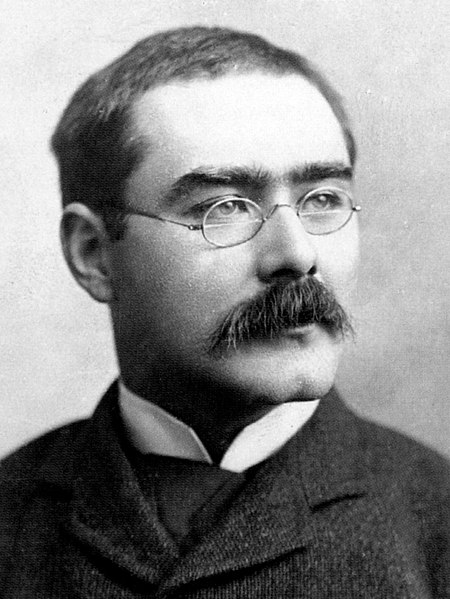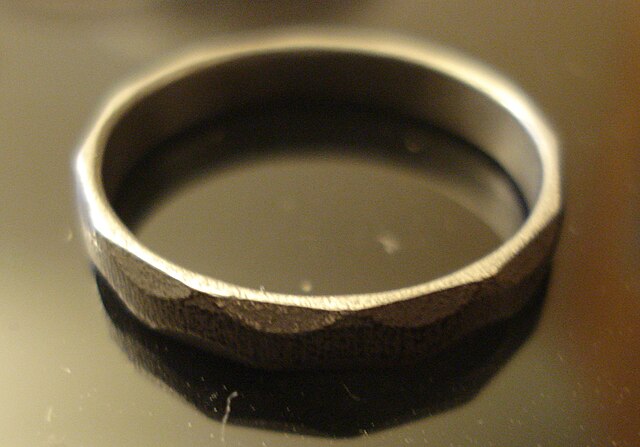The Iron Ring is a ring worn by many Canadian-trained engineers, as a symbol and reminder of the obligations and ethics associated with their profession. The ring is presented to engineering graduates in a private ceremony known as the Ritual of the Calling of an Engineer. The concept of the ritual and the rings originated from H. E. T. Haultain in 1922, with assistance from Rudyard Kipling, who crafted the ritual at Haultain's request.
The Iron Ring is designed with facets on the ring's outer surface.
Rudyard Kipling authored the Ritual of the Calling of an Engineer in 1922, at the request of Haultain.
Image: Ironring 2005
Image: Canadian Engineer Iron Ring
Engineers, as practitioners of engineering, are professionals who invent, design, analyze, build and test machines, complex systems, structures, gadgets and materials to fulfill functional objectives and requirements while considering the limitations imposed by practicality, regulation, safety and cost. The word engineer is derived from the Latin words ingeniare and ingenium ("cleverness"). The foundational qualifications of a licensed professional engineer typically include a four-year bachelor's degree in an engineering discipline, or in some jurisdictions, a master's degree in an engineering discipline plus four to six years of peer-reviewed professional practice and passage of engineering board examinations.
Mechanical engineer Joel Steinkraus and systems engineer Farah Alibay (right) from NASA Jet Propulsion Laboratory hold a full-scale mockup of Mars Cube One
A design for a flying machine (c. 1488), first presented in the Codex on the Flight of Birds
An aerial screw (c. 1489), suggestive of a helicopter, from the Codex Atlanticus
Engineers conferring on prototype design, 1954








